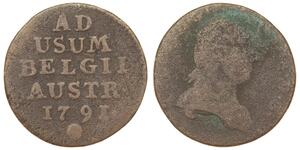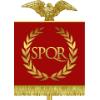1 Soldo (售价 $57.0)
1799, Mantua (under French/Austrian Siege). Cast Gun Metal Soldo Coin. Milan mint!
Mint Year: 1799 Mint Place: Milan (Italy) Reference: Pagani 259, KM-275 (listed under Mantua!). RR! Denomination: Soldo (cast coinage, made during the Siege of Mantua of 1799) Condition: Greenish deposits (vendigris), tooling marks on edge (as usual for this cast issue), otherwise VF+ for issue! Material: Gun Metal (copper and lead alloy) Weight: 13.51gm Diameter: 27mm
Obverse: Fasces topped by cap of liberty within wreath. Legend: ASSEDIO . D - I . MANTOVA. Reverse: Inscription in four lines (UN SOLDO DI MILAN) within circle of pellets.
The Siege of Mantua (1799) was a four-month effort by the Austrian army to regain a presence in northern Italy after being excluded from that region by Napoleon Bonaparte through the successful French Siege of Mantua in 1797. In April 1799, the Austrians placed a military blockade around Mantua as part of the War of the Second Coalition with the intent of withering the French by attrition. While the diminishing food supplies and losses weakened the French army, the Austrians received reinforcements and attacked on 4 July 1799. By the end of the month, the French agreed to surrender.
By 1799, the fortress of Mantua on the river Mincio in northern Italy was in poor shape. It was commanded by viscount lieutenant general François-Philippe de Foissac-Latour (1750-1804) and garrisoned by a diverse force of 10,000, including French, Polish (Polish Legionnaires under general Józef Wielhorski), Italian (Republic of Alba and Cisalpine Republic), Swiss and German units. From the beginning of his assignment, Foissac-Latour, an engineer, was convinced that the fortress would be indefensible in any serious siege.
In April, Austrian forces approached Mantua and started their siege. At first, the Austrians were content to simply blockade the fortress, but with the artillery duels and occasional skirmishes, attrition began taking its toll on the defenders. The defenders were also weakened by diminishing food supplies, and their morale was undermined by lack of payment.
On 18 June, the French suffered a defeat at the Battle of Trebbia, and consequently the Austrians were able to move more decisively against Mantua. On 4 July the siege entered a new stage, with Austrian reinforcements arriving, and the besieging force growing from 8,000 to 40,000. The Austrians were commanded by Hungarian general Baron Pal von Kray, an artillery expert. Artillery bombardment was constant. On 24-25 July the assault begun; and the Austrians slowly advanced over the next few days. On 27 July Foissac-Latour began negotiating surrender terms.
The Austrians agreed to release most of the French garrison, keeping the officers for three months, and with soldiers pledging not to take arms until the prisoners were exchanged by the fighting sides. In a secret protocol, however, the Austrians demanded full sovereignty over "deserters from the Austrian army". After protests from the Polish officers — who were afraid that due to recent partitions of Poland in which Austria gained control over parts of Poland that the Austrians may want to take custody of the Polish legionnaires — the Austrian negotiator clarified officially that they meant any deserters from the current Austrian army or former Austrian soldiers serving in the Cisalpine Republic Army.
On 30 July the French and allied troops left the fortress. The garrison troops were split into French and non-French units (of whom Poles still constituted 1,800); the Austrian soldiers observing the marching non-French garrison troops were given permission to physically assault those "recognized" as deserters and most of them were eventually arrested. Polish officers — particularly those from the Austrian partition — were forced to enlist in the Austrian army or deported to partitioned Poland, and a similar fate befell Polish NCOs and regular soldiers, many of whom were also forced to suffer physical punishment by being beaten with rods. This marked the end of the Second Legion of the Polish Legions. Foissac-Latour was later criticized by the Poles for what they considered "betrayal", but also by the French: for his surrender, Napoleon himself ordered Foissac-Latour stricken from the list of generals and forbade him to wear a military uniform.

|
发布人:
anonymous 2017-08-04 |
|
||
|
||
|
||
|
||
1 Liard Austrian Netherlands (1713-1795) 銅
本组有 7 钱币 / 7 售价
⇑

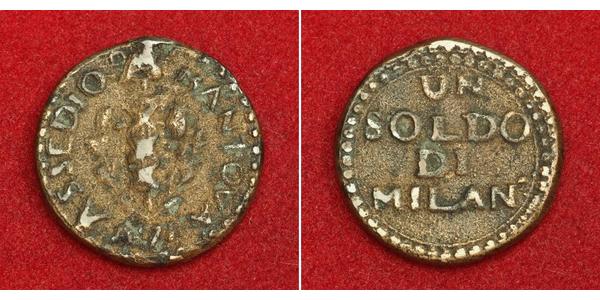

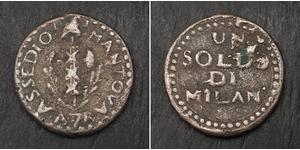
 Deutsch
Deutsch Русский
Русский Українська
Українська English
English Italiano
Italiano Français
Français Español
Español 汉语
汉语


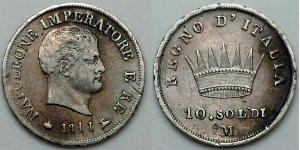
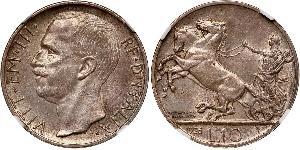

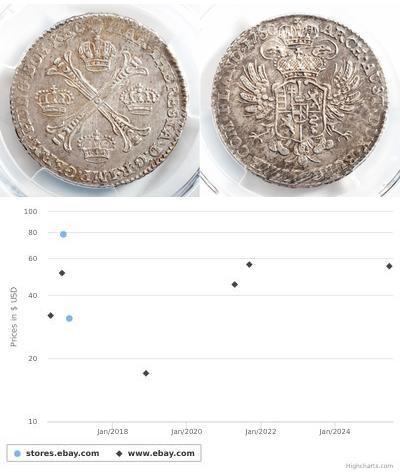
-300-150-NgSsHgTyCiIAAAGW1HxyjNgw.jpg)
